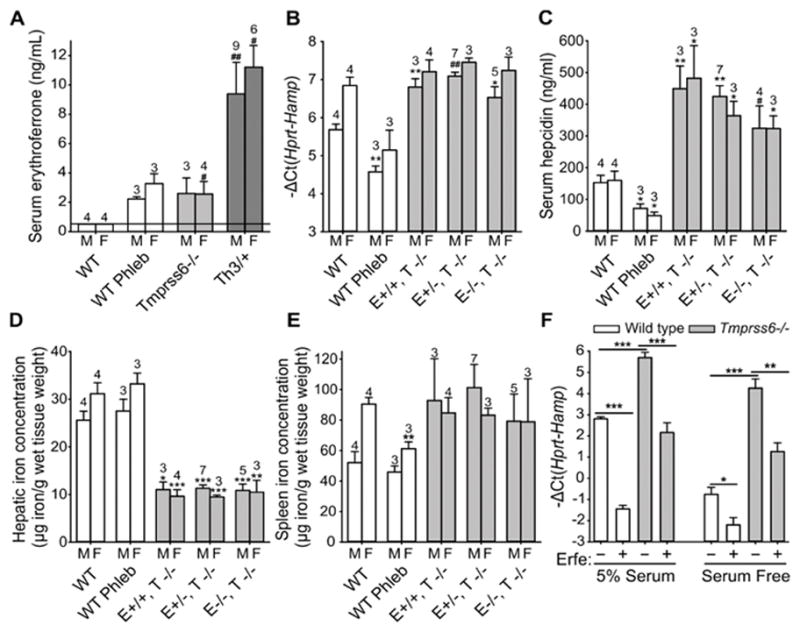Figure 1. ERFE and Matriptase 2 regulate hepcidin independently.

(A) Serum ERFE concentration was elevated in Tmprss6−/− mice similarly to WT (wild-type) mice 24 hours after phlebotomy, but was lower than in thalassemic mice (Th3/+). (B,C) Neither liver hepcidin mRNA expression nor serum hepcidin were significantly different in Erfe−/− Tmprss6−/− (E−/−,T−/−) mice compared to Erfe+/+ Tmprss6−/− (E+/+,T−/−) or Erfe+/− Tmprss6−/− (E+/−,T−/−) mice. (D) Liver iron content was similarly lower in Tmprss6−/− mice compared to WT mice regardless of the Erfe genotype whereas spleen iron content (E) was comparable to those of WT mice. (A–E) The number of mice studied is shown for each group. Data shown are means ± SEM. Statistical analysis was performed compared to WT controls of the same gender, using the two-tailed Student t-test (***P<.001, **P<.01, *P<.05) or Mann-Whitney test (##P<.01, #P<.05). M=male, F=female. (F) Hepcidin mRNA expression was strongly reduced in primary hepatocytes from WT and Tmprss6−/− mice 16 hours after treatment with conditioned medium containing ERFE (final concentration 500 ng/ml of recombinant ERFE), both in 5% serum or serum-free conditions. Data shown are means ± SEM of three independent experiments. Statistical analysis was performed using two-tailed Student t-test (***P<.001, **P<.01, *P<.05).
